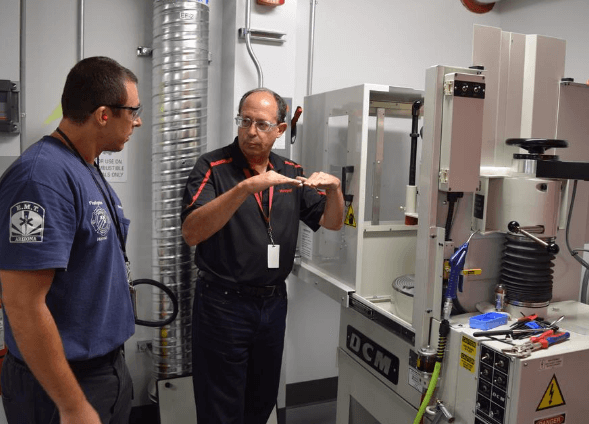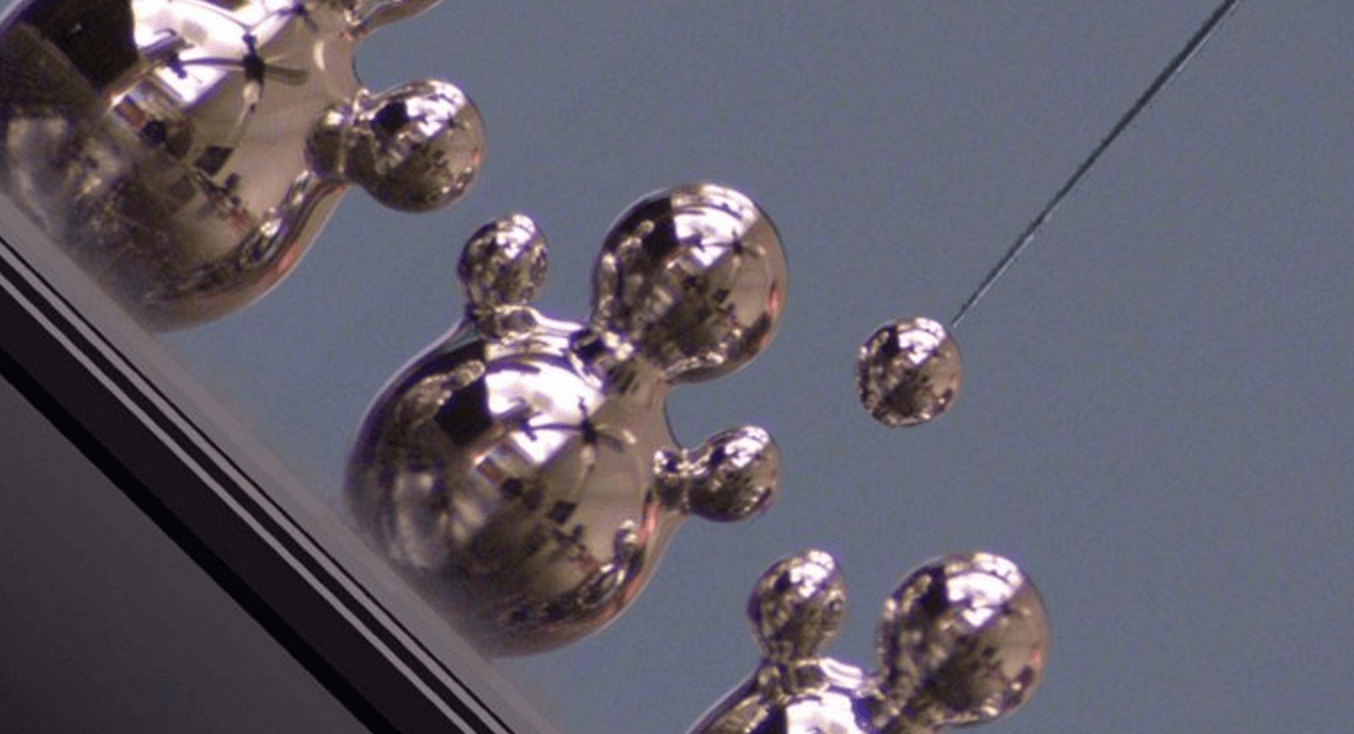3D Printing Aerospace With Donald Godfrey
3D Printing Aerospace With Donald Godfrey
Donald Godfrey of Honeywell is a pioneer is the additive manufacturing segment, and more specifically the use of 3D metal printing (DMLS) for Aerospace parts at Honeywell. He recently sat down for an interview (podcast) and discussed 3D printing Aerospace in regards to how rapid prototyping is providing incredible time and cost savings as well as detailing what engineering students need to know and be doing in school right now if they want to pursue this field.
Don is the chair to the Honeywell Aerospace Intellectual Property Steering Committee for Additive Manufacturing Technology. He’s responsible for the integration of 3D printing into the business cultures, really trying to find ways to put that into different areas within the company.
During the interview, we learn that Honeywell has really been a huge champion for 3D printing and specifically in the aerospace segment. Don gave a great example,
Let me give you an example. When we do turbine blades, we don’t do turbine blades and it’s not our intention to do turbine blades in production. But for prototype, we do. It may take three years to get your hands on a production blade. Typically, what happens is that after you get that cast blade and it’s machined perfectly to print, you’ll flow air through it or you’ll put it in an engine test. Some engineer will want to go and change it.
That is a real problem because the tooling, to get to that point, you’ve already spent $600,000, $700,000, you’ve waited three years and now somebody wants to go change it. That means that tool that you just spent three quarters of a million dollars on, somebody’s out there machining on it. With this technology, what I can do is print those blades in about two weeks.
I can print what we call a rainbow of blades. Meaning, I can make some just a little bit different than others. Maybe the openings are a couple of thousandths larger or maybe the shapes just a slight differentiation from the baseline. I can do all of that in less than a month. Then, I can, say, if I made five different shapes of blades, I can take the best blade and then take that CAD file, go back to the casting house and say, “Make this.”
That’s some really good insight into what the future of this industry is. Don had a lot more to say and some incredible examples of how DMLS is shaping an entirely new generation of engineers and manufacturing industries. You can listen to the podcast here.










